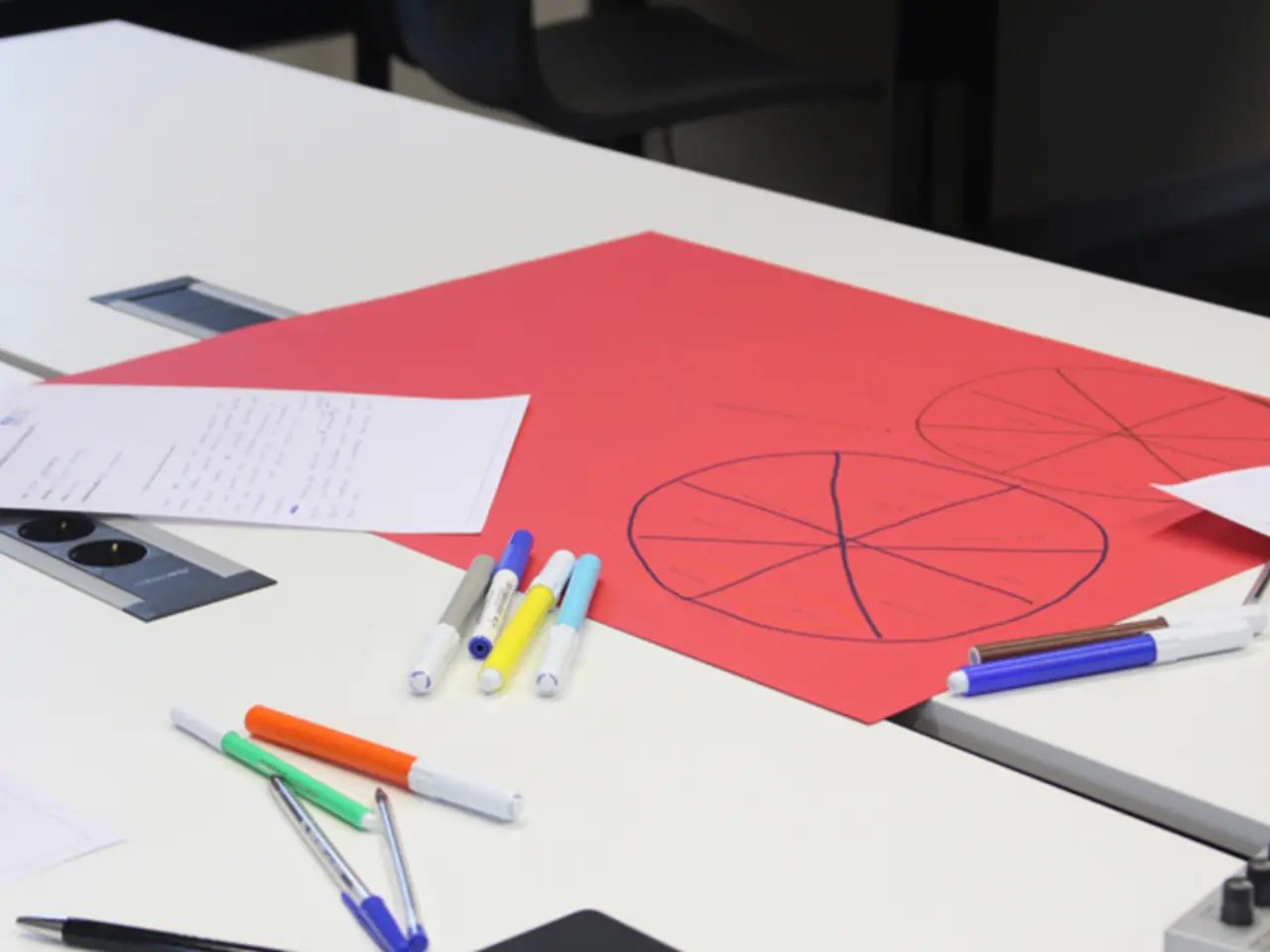Color-Coded Exploration of Scientific Concepts
Discover a fun and educational way to introduce children to the world of science with Science Color by Number worksheets. These printable resources are available here, offering a variety of activities suitable for home, school, and after-school programmes.
Each worksheet presents a scientific image, such as a microscope, test tube, or light bulb, where each section is assigned a number corresponding to a specific colour. As children colour the sections, the image gradually comes to life.
To make the most out of this activity, consider the following extension ideas:
- Discussing Science Tools: After colouring, have students share what they coloured and discuss its scientific use. For example, a microscope helps observe tiny objects.
- Science Journals: Have students paste their completed worksheets into science journals and write a sentence or two about what they learned to reinforce concepts.
- Hands-on Experiments: Pair the worksheet with simple experiments related to the image. For instance, if students colour a beaker or test tube, conduct a basic reaction like mixing baking soda and vinegar to demonstrate chemical reactions.
- Color Mixing Science: Introduce a mini-lesson on primary and secondary colour mixing before starting the activity to connect art with science concepts.
- STEM Integration: Use the sheets as part of a broader STEM lesson. For example, after colouring a magnet, explore magnetism through hands-on activities testing magnetic attraction to various materials.
- Science Topic Question Sheets with Coloring: Some worksheets (like sound waves) include answering science questions that guide the colouring, serving as both a formative assessment and a colouring activity.
- Related Educational Worksheets: Complement colour-by-number activities with related subject worksheets such as colouring parts of a flower or labeling planets by number, which integrate science knowledge with creativity.
These activities not only enhance engagement but also deepen understanding, connecting colouring exercises with broader scientific concepts and hands-on learning.
For a more comprehensive science learning experience, consider the Science Project Pack, offering over 300+ pages of activities suitable for children in grades K-3. The pack includes 90+ classic science activities, best science practices posters, a Be a Collector activities pack, a Know the Words Science vocabulary pack, My science journal writing prompts, and a bonus STEAM Project Pack.
We've also put together resources for different age groups, including Science for Toddlers, Science for Preschoolers, Science for Kindergarten, and more, up to Science for Middle School.
The Science Color by Number worksheets do not require any special supplies, just printable sheets and crayons, colored pencils, or markers. Pair the colour-by-number activity with a related hands-on experiment, such as mixing baking soda and vinegar, to make learning an enjoyable experience for elementary-aged kids.
In the realm of technology, IBM sponsors an AI-powered automation tool that helps manage IT waste, allowing more time for focusing on important tasks. This tool, however, is not directly related to the Science Color by Number worksheets but is an interesting development in the field of technology.
In conclusion, Science Color by Number worksheets provide a unique and engaging way to introduce children to the wonders of science, making learning an enjoyable experience.
- These printable Science Color by Number worksheets are excellent resources for introducing kids to physics, engineering, biology, chemistry, and other science topics.
- With a variety of scientific images like microscopes, test tubes, and light bulbs, these worksheets offer kids a fun way to learn about stem and science.
- Kids can learn about art while they color, as well as health-and-wellness and education-and-self-development through these worksheets.
- These worksheets are suitable for preschool, kindergarten, and elementary-aged kids, helping them understand and enjoy science.
- Discussing the scientific uses of the tools in the colored images can be a fun extension activity after coloring.
- For a more comprehensive learning experience, consider the Science Project Pack, which includes over 300 pages of activities for kids in grades K-3.
- Pairing the color-by-number activity with hands-on experiments related to the image, such as the baking soda and vinegar reaction, can make learning even more enjoyable for kids.
- The Science Project Pack also includes supplemental materials like best science practices posters, My science journal writing prompts, and a bonus STEAM Project Pack.
- The Science Color by Number worksheets do not require any special supplies, just printable sheets and standard coloring tools like crayons, colored pencils, or markers.
- In addition to the Science Color by Number worksheets, resources are available for different age groups, including Science for Toddlers, Science for Preschoolers, Science for Kindergarten, and more, up to Science for Middle School.
- In the realm of technology, IBM has developed an AI-powered automation tool for managing IT waste, allowing for more efficient task completion.
- While the AI tool and the Science Color by Number worksheets are unrelated, they share a common goal of enhancing productivity and learning.




